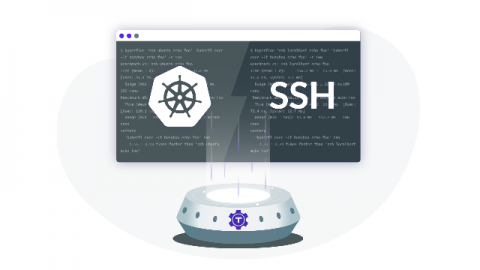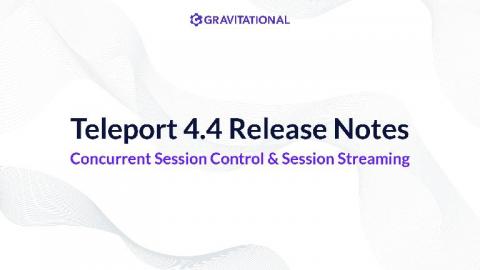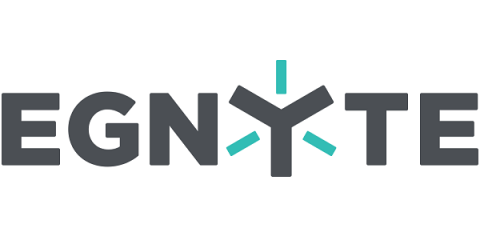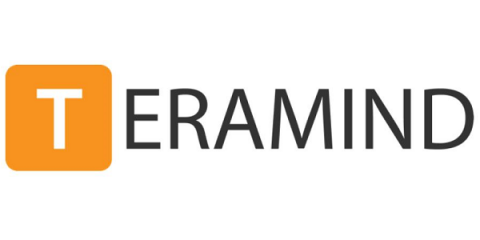Announcing Netskope's Upcoming Integration for Splunk Mission Control
Today’s security operations require coordinated efforts from multiple team members, many of whom are in different roles and technology specializations. Complexity inhibits the ability to conduct time-sensitive operations such as incident response. Security engineers and the threat hunters have to be on the same page when it comes to establishing priorities and conducting investigation, across the entire detection & response lifecycle.











